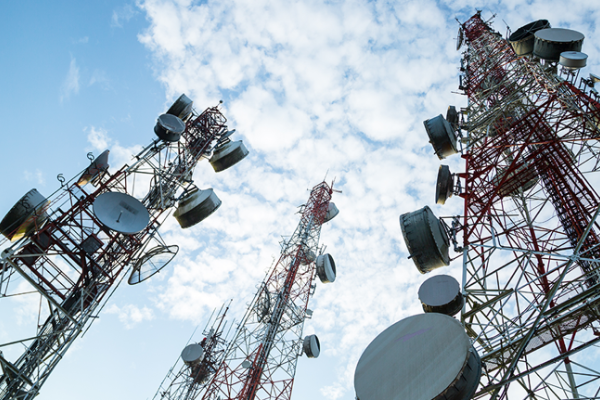According to fresh industry statistics from the Nigerian Communications Commission, the number of active telecommunications users in Nigeria reached 214.35 million in October.
This is the largest number of subscribers the country has seen since the total number peaked at 207.58 million in October 2020.
Telecom firms credit the development to the National Identity Number scheme with sim card registration.
According to the telcos, more consumers are buying new SIM cards to avoid limits on SIMs that are not linked to their National Identification Numbers.
In MTN’s third quarter release, its Chief Executive Officer, Karl Toriola, said, “As a result, the average daily gross connection was 48.1 per cent above the pre-directive level, partly driven by the cohort of subscribers who were initially restricted and opted to register new SIMs.
“Combined with increased usage from the existing base, these have supported an acceleration in the service revenue growth recovery and mitigated the impact of churn on the base.”
The consistent growth witnessed in the number of telecoms subscribers in 2022 aligns with the Global System for Mobile Communications Association’s (GSMA) growth prediction for the industry, according to findings.
The GSMA notes that Nigeria has a sizeable number of its population under the age of 18, indicating that its subscriber growth would remain strong for the foreseeable future as more young consumers crossed into adulthood and subscribed to mobile services.
“In 2021, mobile technologies and services generated around 8 percent of GDP across Sub-Saharan Africa, a contribution that amounted to almost $140bn of economic value added.
“The mobile ecosystem also supported more than 3.2 million jobs (directly and indirectly) and made a substantial contribution to the funding of the public sector, with $16bn raised through taxes on the sector. By 2025, mobile’s contribution will grow by $65bn (to almost $155bn), as the countries in the region increasingly benefit from the improvements in productivity and efficiency brought about by the increased take-up of mobile services.”
According to the Federal Ministry of Communications and Digital Economy, over 31.6 million Nigerians still live in areas without telecoms coverage.
By 2025, the GSMA anticipates 18 million new Nigerians to become unique telecoms subscribers. Mobile connectivity is at the heart of connectivity in Nigeria, with the majority of online services being accessible via mobile channels.





